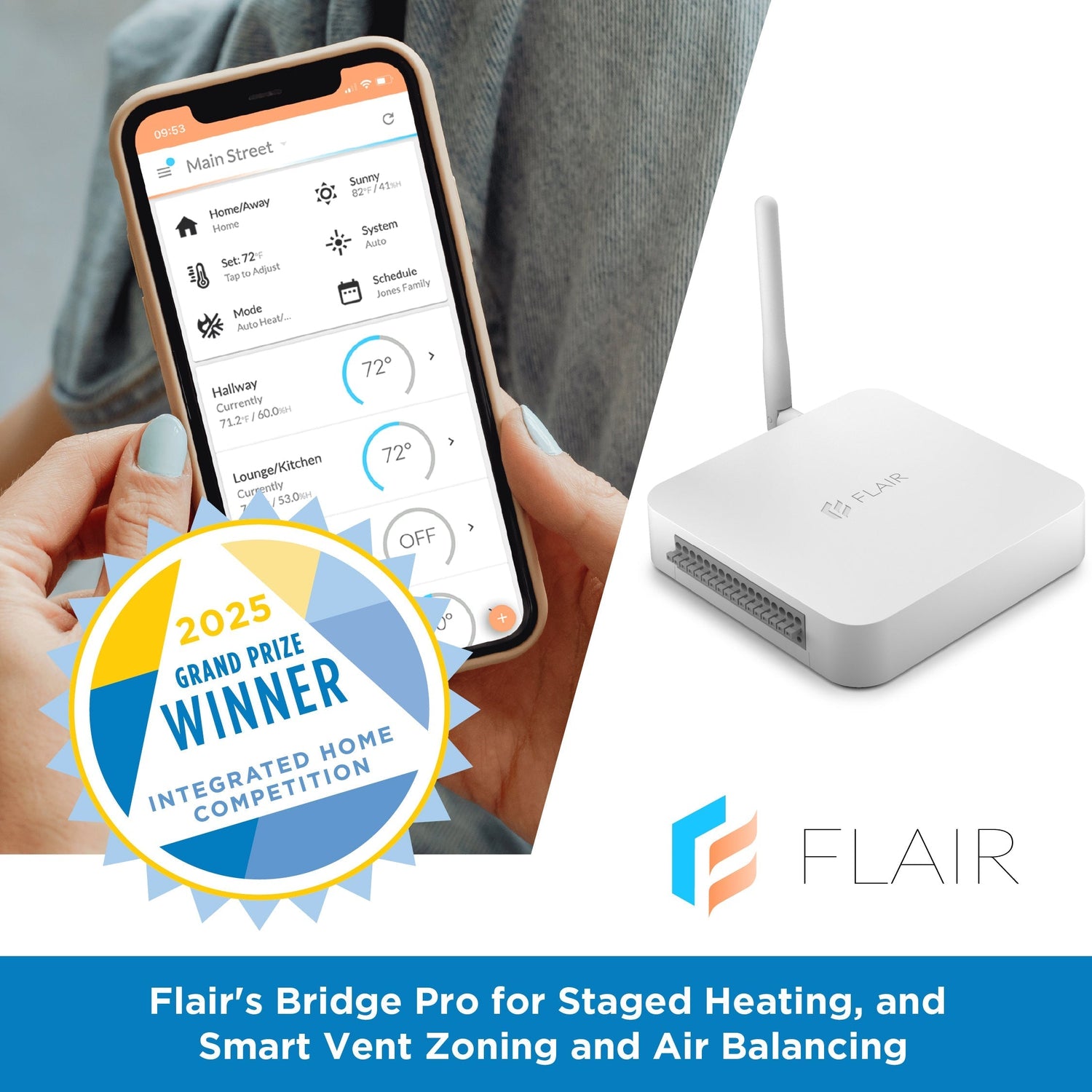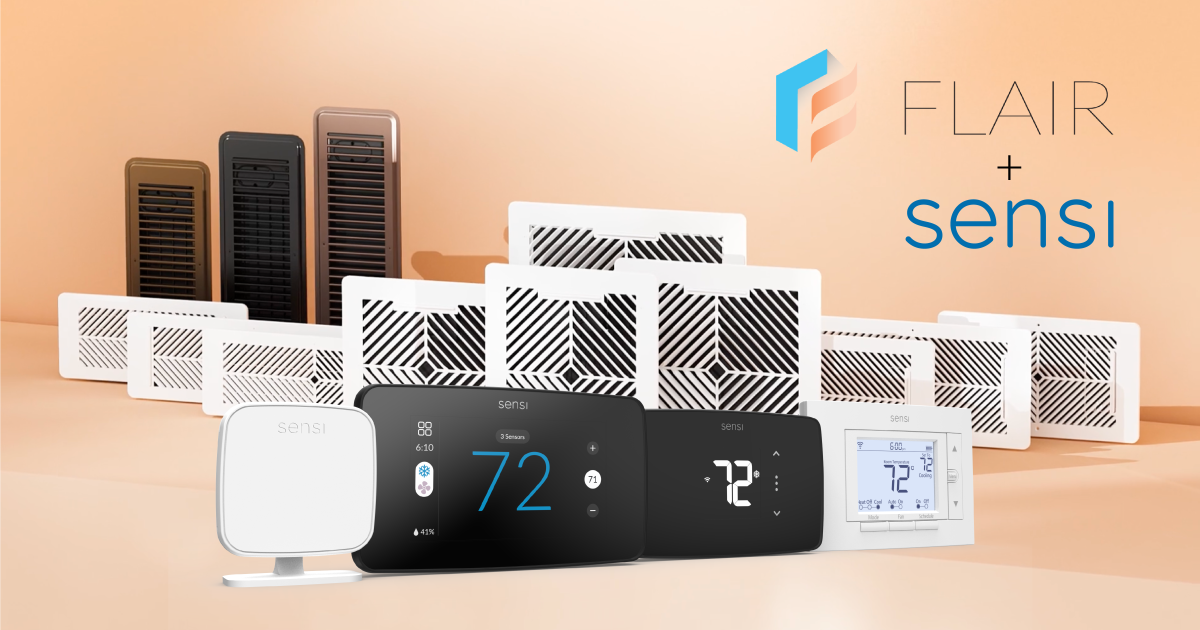Mini splits, heat pumps and inverter-driven HVAC systems are continuing to gain popularity, but for years we’ve been hearing the recovery costs from setbacks exceed the setback savings. Now the data tells a different story.
Given mini splits and inverter HVAC systems are relatively new to the U.S. market, many energy efficiency experts questioned whether setbacks were an effective energy-saving strategy, like they are with traditional HVAC systems. Now it’s clear they are, thanks to a team of architectural and building systems engineers that shared their findings in this recent PBS article.
A setback refers to reducing how often your heating or cooling system operates by adjusting the thermostat temperature; higher when cooling, lower when heating. The US Department of Energy recommends a setback temperature of 8 degrees.
Mini split and inverter-driven HVAC systems differ from traditional systems in their ability to modulate and adjust cooling output based on the desired temperature. Instead of running at full power constantly, these systems operate at lower capacities to meet specific cooling demands. This adjustability makes them well-suited for taking advantage of setbacks. Most mini splits and inverter-driven HVAC systems are operated by remote controls and/or have poor app controls. That’s where Flair comes in—our Puck wireless smart thermostat replaces remotes and provides full customizable control of your system, optimizing energy consumption without sacrificing comfort.

Using Flair to Harness Setbacks for Energy Efficiency
- 7-Day Scheduling: Setbacks can be used to adjust temperature settings according to your daily routine. Programming your mini split or inverter-driven system to increase the temperature slightly when you're away from home can yield energy savings without compromising comfort. By doing so, you avoid cooling an empty house unnecessarily, reducing overall electricity consumption.
- Smart Zoning Capabilities: Mini split systems offer zoning capabilities, allowing you to set different temperatures for various zones within your home. By utilizing setbacks for individual zones, you can focus cooling efforts on the rooms that are occupied while minimizing energy usage in unoccupied areas. Instead of setting individual zones on every head unit, use Flair to combine your systems into a single control point, via our easy-to-use app.
- Quick Recovery: Mini splits and inverter-driven systems are designed to cool spaces rapidly, even after setbacks. When you return home, the system can swiftly adjust to your preferred temperature, ensuring a comfortable environment upon your arrival. This feature eliminates any inconvenience associated with setbacks and further strengthens the case for energy conservation.
- Flair App Integration: By leveraging Flair’s iOS, Android, or web app, you can easily manage and control setback schedules remotely. This flexibility enables you to make adjustments based on unexpected changes in your routine or temperature needs, empowering you to maintain optimal comfort while minimizing energy waste.
As we strive to create a more sustainable future, exploring innovative approaches to energy conservation becomes crucial. Setbacks can be a powerful tool to harness the efficiency potential of mini splits and inverter-driven HVAC systems. By embracing setbacks as part of your energy-saving strategy, combined with the Flair Puck wireless thermostat, you can significantly reduce electricity consumption without compromising comfort.




